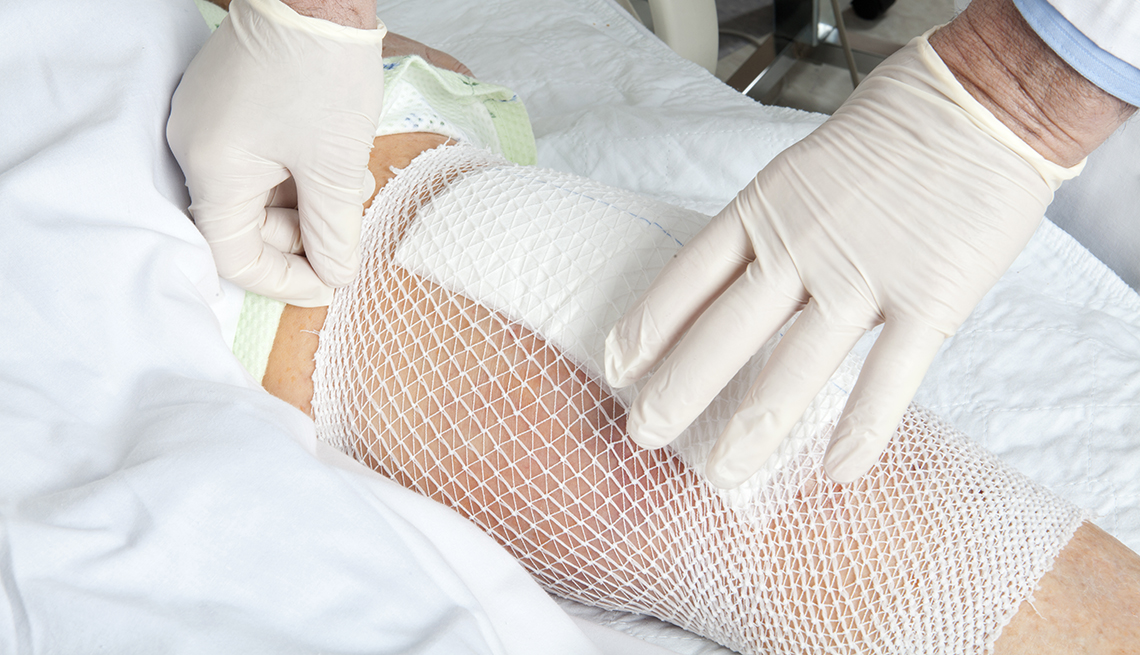AARP Hearing Center
Most knee replacements are considered successful, and the procedure is known for being safe and cost-effective. Rates of the surgery doubled from 1999 to 2008, with 3.5 million procedures a year expected by 2030.
But doctors are increasingly concerned that the procedure is overused and that its benefits have been oversold.
Research suggests that up to one-third of those who have knees replaced continue to experience chronic pain, while 1 in 5 are dissatisfied with the results. A study published last year in the BMJ found that knee replacement had “minimal effects on quality of life,” especially for patients with less severe arthritis.
One-third of patients who undergo knee replacement may not even be appropriate candidates for the procedure, because their arthritis symptoms aren’t severe enough to merit aggressive intervention, according to a 2014 study in Arthritis & Rheumatology.
For expert tips to help feel your best, get AARP’s monthly Health newsletter.
“We do too many knee replacements,” said James Rickert, president of the Society for Patient Centered Orthopedics, which advocates for affordable health care. “People will argue about the exact amount. But hardly anyone would argue that we don’t do too many.”
Although Americans are aging and getting heavier, those factors alone don’t explain the explosive growth in knee replacement. The increase may be fueled by a higher rate of injuries among younger patients and doctors’ greater willingness to operate on younger people, such as those in their 50s and early 60s, said Rickert, an orthopedic surgeon in Bedford, Ind. That shift has occurred because new implants can last longer — perhaps 20 years — before wearing out.
Yet even the newest models don’t last forever. Over time, implants can loosen and detach from the bone, causing pain. Plastic components of the artificial knee slowly wear out, creating debris that can cause inflammation. The wear and tear can cause the knee to break. Patients who remain obese after surgery can put extra pressure on implants, further shortening their lifespan.


































































